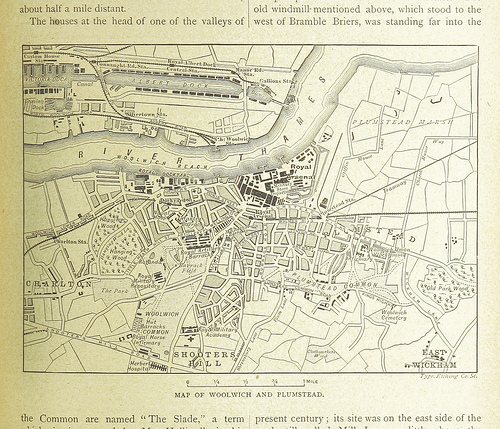We’re all for cycling more often and more safely. At some point, you’ll need to plan a route and these pointers should help you find your way.
Goal, ability and realism
Have a clear goal for the route you’re planning. Are you looking for the shortest route, fastest route or quietest route? Do you need to cycle via certain locations to pick up shopping or avoid a closed bridge, for example? Perhaps you are planning a challenging ride in the countryside or trying to draw a dinosaur with your GPS?
Whatever you’re looking for, you should gauge your own ability and experience. Be realistic with the difficulty and the complexity of the route.
Distance, elevation and turns
You’ll be in for a shocker if you gauge your ride simply by the distance and ignore the elevation you gain. Your riding time can quickly double if you didn’t factor in the hills.
 How often do you have to make a turn along your route? Making more turns will slow your average speed down and you will have to accelerate after the turn so your use of energy is not as efficient as it could be. This is mostly applicable to urban areas. If you’re spoiled with a few options, consider taking the route with less turns.
How often do you have to make a turn along your route? Making more turns will slow your average speed down and you will have to accelerate after the turn so your use of energy is not as efficient as it could be. This is mostly applicable to urban areas. If you’re spoiled with a few options, consider taking the route with less turns.
Unless you have a GPS device to guide you (or an incredible memory), less turns means less chances of getting lost too. For a first time route in a city, it’s also much easier to stick to the route when the turns are at T-junctions that will force you to choose a direction rather than having to remember when to turn off into a side road.
Resources
There are four main types of resources to help your route planning: people, hard copies of maps / guidebooks, online maps / photos and mobile apps. Cross referencing between a few resources usually yields the best results.
- Find people who can help you:

By: The British Library - In your circle of friends and family
- In a local cycling group / club
- Perhaps a stranger in the next village on your 1000 km touring cycle
- Hard copies of map / guidebook
- OS maps are always a good bet although can have too much unnecessary info for cycling
- Your local / transport authority may have a cycling specific map
- There are plenty of cycling guidebooks with pre-planned routes and points of interests to look out for
- Online maps / photos
- Sustrans has an online interactive map mainly of the National Cycle Network with useful keys for traffic-free / on-road sections and warnings for walking sections, steep hills and busy roads, etc.
- Opencyclemap.org is a comprehensive website of National, Regional and Local Cycle Route / Network. It does mean the map will sometimes look a little cluttered but it’s certainly a good place to start to consider all your available options.
- Google Street View is no doubt a game changer when it comes to accessing really useful information from the sofa. Use this strategically to check if the road is multi-lane traffic, if there is a cycle only contraflow lane or if there is a traffic island to stop right turns into side roads. Remember this isn’t a live feed so road layouts may have changed since the photos were taken.
- Mobile apps are great backups for when you are en route (although we don’t advise using your mobile while cycling).
- OsmAnd is a great app with free cache maps (limited quota) so you don’t have to worry about your data usage especially if you’re abroad. It can also be used as a sat-nav with turn by turn directions and remain offline.
- Bike Hub is an “old” app that was a pioneer of its kind and is able to route plan for you using a mix of roads and cycleways. It was relaunched recently in mid December. We haven’t checked out the new user interface and functions yet but keep an eye on this app as we expect to see continual improvement and bug fixing in the coming months.
Leave a Reply